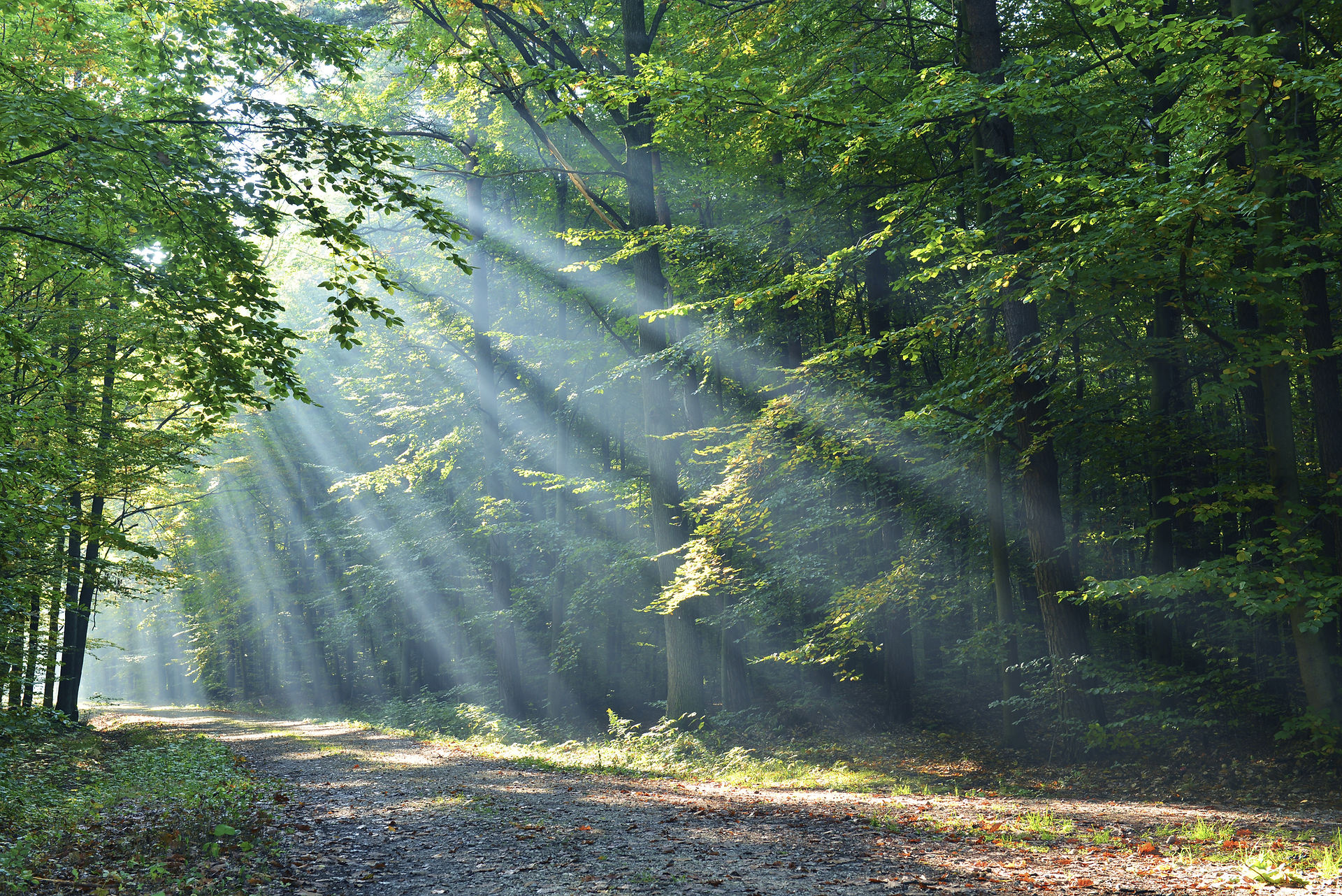- Granny Bonnet

I just happened to mention to Hubby last week that we have not had any 'big cat sightings' lately when, what would you know, a spate of reports and reminiscences appeared on our local e-news!
One story from the 1990's was from a very reliable lady I know, who had herself seen a big cat near here and had tracked it for the whole winter, even retrieving hair samples which she sent off to a local zoological centre and the result she got back was positive. Puma! This was also about the time when a man from this village kept one as a pet which she says attracted others to its pen when it came into season.
This possibly ties in with my own experience of around that time which was the first I had heard tell of such a local beast. Mountain Lions are not of course native to this country though I suppose there is no reason they shouldn't survive here given that they can take extremes of temperature and live anywhere from forests to plains. I guess it is within the bounds of possibility that they could secret themselves away in pockets of vegetation and woods, living off deer, rabbits and anything else they can hunt.
Technically Pumas or Cougars are one of the largest of the ‘small cats’ even though some can match the size of a leopard and are fourth heaviest of the New World cats after the lion, leopard, jaguar and tiger. Adult Pumas are slender and agile animals, measuring about eight feet in length from nose to tail and are about two feet tall at the shoulder. They have plain-coloured fur ranging from tawny to silver grey or reddish brown with lighter underparts, jaws, chin and throat. They have round heads, upright ears and with their acute hearing and excellent vision are formidable hunters.
So, back to my story... It must have been in the late 1990's that hubby, daughter and myself were walking through a low pasture near to the river when we noticed a cow lying down in a corner. On investigation, we discovered she was in the process of giving birth but seemed to be in some difficulty with the calf decidedly stuck. Between us we grabbed the calf's legs and aided by her contractions, hauled it from her alive and well.
I dashed off to find the farmer who was very grateful to us for helping out and for letting him know there was a new-born outside in the open. He said this had happened before but on that occasion, they had only found the stripped bones of the calf. Butchery had been ruled out by the very particular claw and bite marks that could only have been made by a Big Cat. He also confirmed that a Puma had been sighted several times in the area by an old man in the habit of walking out around dusk and dawn.
These following comments were from our local e-letter last week:
'At approximately 7 a.m. this morning my husband saw a tawny coloured big cat with a long tail looking remarkably like a mountain lion in the field next to our house. Could this be possible?' -Tibenham
'I saw something that looked like a wild cat while out running in Forncett End last year. I did a good fast run home that day!'
So, what are the chances of secretive Pumas still living in fields and forests hereabouts? Given that they would usually give us humans a wide berth and are capable of springing high into trees and leaping brooks and rivers, it could be entirely possible or probable..?









